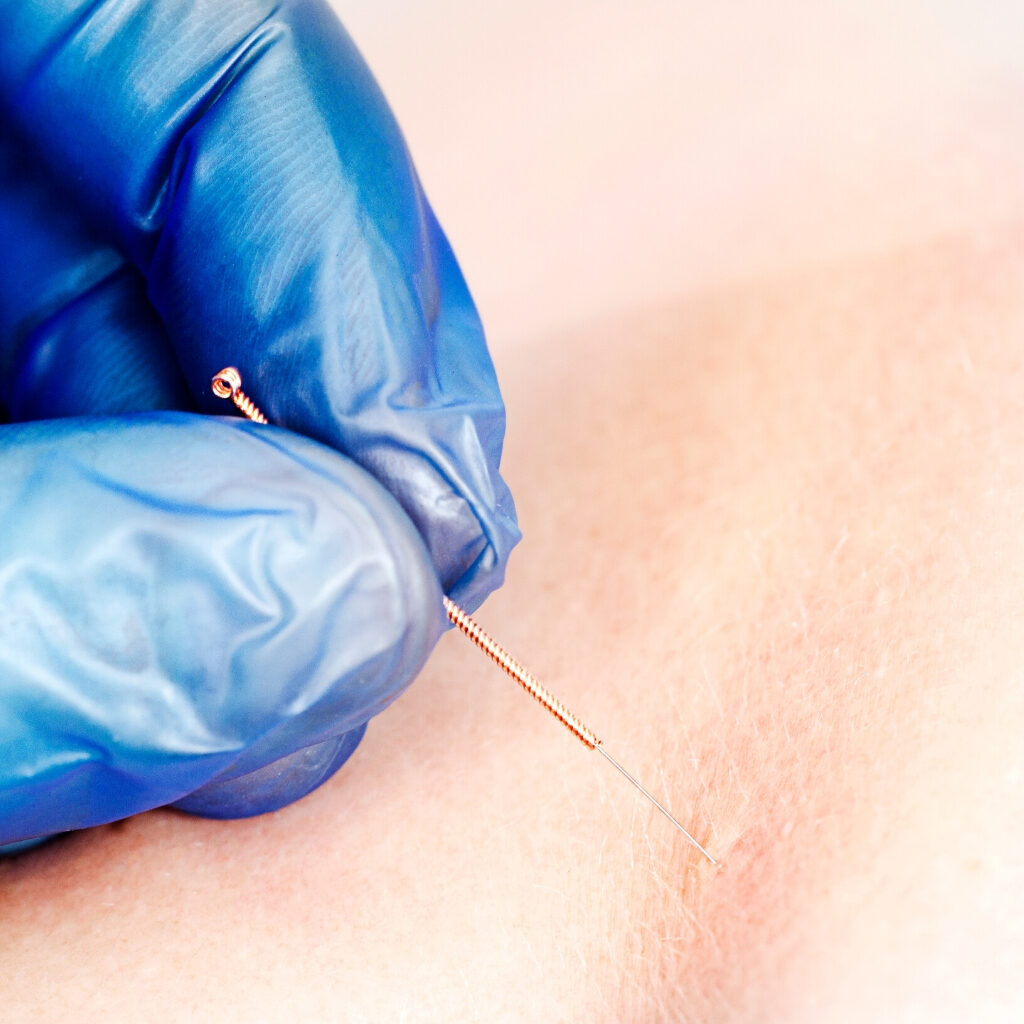LIVE LIFE ~ PAIN FREE
Dry Needling


What Is It and
How Can It Help You
What is it?
Dry needling is a therapeutic treatment procedure that treats muscle pain and tightness. This technique is used by physical therapists who want to reach problematic areas of tissue that lie deep in a muscle.
They insert thin needles into tense bands of muscle. When the needles penetrate them, they help relax these bands and release the chemicals that are causing pain, the muscles respond to the needles causing muscles to relax, bloodflow to increase, and the body’s natural healing process to activate. Once the trigger point is released, the muscle quickly begins to contract and function normally.
What Is It and
How Can We Help You?
Virtuous Wellness Center offers Dry Needling as a standalone service that can be paid out of pocket, or as an add on service to your Physical Therapy program using your health insurance. The procedure will be provided by our doctor of Physical Therapy.
Dry needling is an effective treatment for acute and chronic pain, rehabilitation from injury, and even pain and injury prevention, with very few side effects. This technique is unequaled in finding and eliminating neuromuscular dysfunction that leads to pain and functional deficits.
Dry Needling is a general term for a therapeutic treatment procedure that involves multiple advances of a filament needle into the muscle in the area of the body which produces pain and typically contains a ‘Trigger Point’. There is no injectable solution and the needle which is typically used is very thin.
Most patients will not even feel the needle penetrate the skin, but once it has and is advanced into the muscle, the feeling of discomfort can vary drastically from patient to patient. Usually a healthy muscle feels very little discomfort with insertion of the needle; however, if the muscle is sensitive and shortened or has active trigger points within it, the subject may feel a sensation much like a muscle cramp — which is often referred to as a ‘twitch response’. The twitch response also has a biochemical characteristic to it which likely affects the reaction of the muscle, symptoms, and response of the tissue.
Along with the health of the tissue, the expertise of the practitioner can also attribute to the variation of outcome and/or discomfort. The patient may only feel the cramping sensation locally or they may feel a referral of pain or similar symptoms for which they are seeking treatment. A reproduction of their pain can be a helpful diagnostic indicator of the cause of the patient’s symptoms. Patients soon learn to recognize and even welcome this sensation as it results in deactivating the trigger point, thereby reducing pain and restoring normal length and function of the involved muscle. Typically, positive results are apparent within 2-4 treatment sessions but can vary depending on the cause and duration of the symptoms, overall health of the patient, and experience level of the practitioner.
What does it treat?
Therapists use this technique as a tool to treat people with lower back pain, knee pain, hip pain, shin splints, and plantar fasciitis.
How effective?
It is an effective treatment for acute and chronic pain, rehabilitation from injury, and even pain and injury prevention, with very few side effects. Patients see results within 2-4 treatment sessions (results vary depending on cause and duration of the symptoms)
Who offers it?
Physical therapists take extensive training to perform dry needling.
What’s the cost?
Most insurance companies do not cover dry needling. It may be employed as part of an overall PT program. Offered as a stand-alone treatment (without a prescription for PT), you can expect to pay anywhere from $8o to $150.
How is it different from acupuncture?
Health care education and practice have developed in such a way that most professions today share some procedures, tools, or interventions with other regulated professions. It is unreasonable to expect a profession to have exclusive domain over an intervention, tool, or modality.
The practice of acupuncture by acupuncturists and the performance of dry needling by physical therapists differ in terms of historical, philosophical, indicative, and practical context. The performance of modern dry needling by physical therapists is based on western neuroanatomy and modern scientific study of the musculoskeletal and nervous system. Physical therapists who perform dry needling do not use traditional acupuncture theories or acupuncture terminology.

